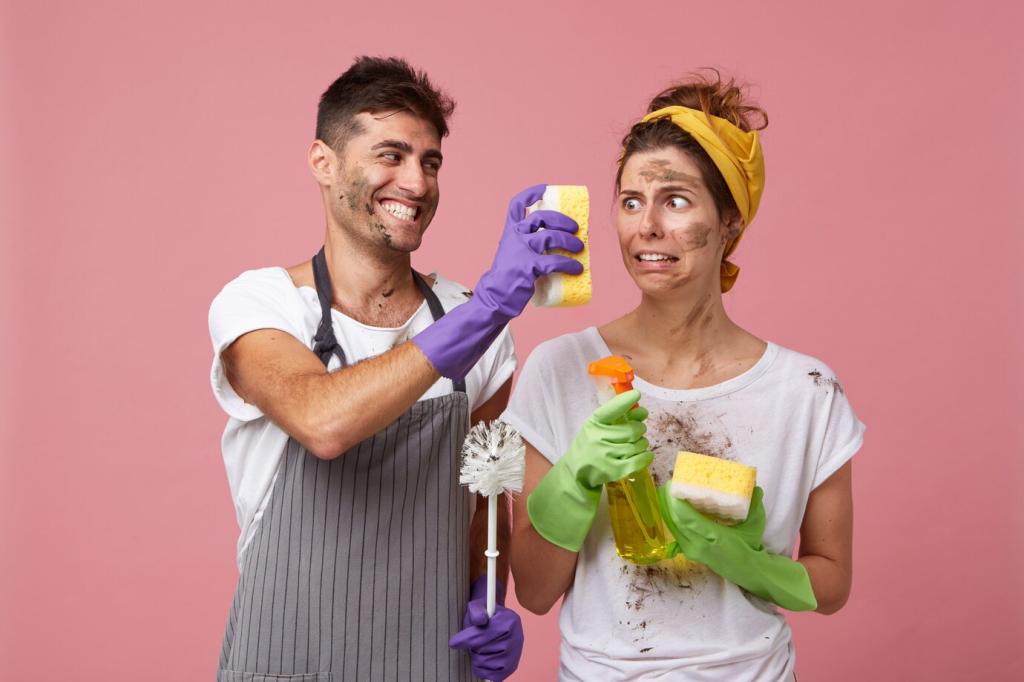Eco-friendly cleaning emerged from the growing awareness of how commercial cleaning agents affect our health and ecosystems. As people learned about the pitfalls of synthetic chemicals—including allergic reactions, air pollution, and water contamination—demand for safer alternatives grew. Modern green cleaning solutions draw inspiration from traditional methods, such as cleaning with vinegar, baking soda, and lemon, while incorporating advancements in sustainable production. Understanding this background gives you insight into why eco-friendly cleaning is gaining momentum and how everyday choices contribute to a larger global movement.
Most conventional cleaning products contain harsh ingredients like ammonia, bleach, and synthetic fragrances. Prolonged exposure to these substances can cause respiratory issues, skin irritation, and long-term health problems, especially in children and pets. Furthermore, when these chemicals are washed down the drain, they can pollute local water supplies and disrupt aquatic ecosystems. Switching to eco-friendly alternatives can help you create a safer, toxin-free environment at home while doing your part to reduce chemical pollution.
Beyond personal health, the environmental cost of traditional cleaning is significant. Manufacturing and disposing of chemical-based cleaners generate pollution and excessive waste, from plastic packaging that ends up in landfills to non-biodegradable compounds that linger in waterways. By choosing eco-friendly products made from renewable resources and packaged sustainably, you help preserve natural ecosystems, conserve resources, and limit your household’s carbon footprint. Every responsible decision makes a meaningful difference toward a cleaner planet.

